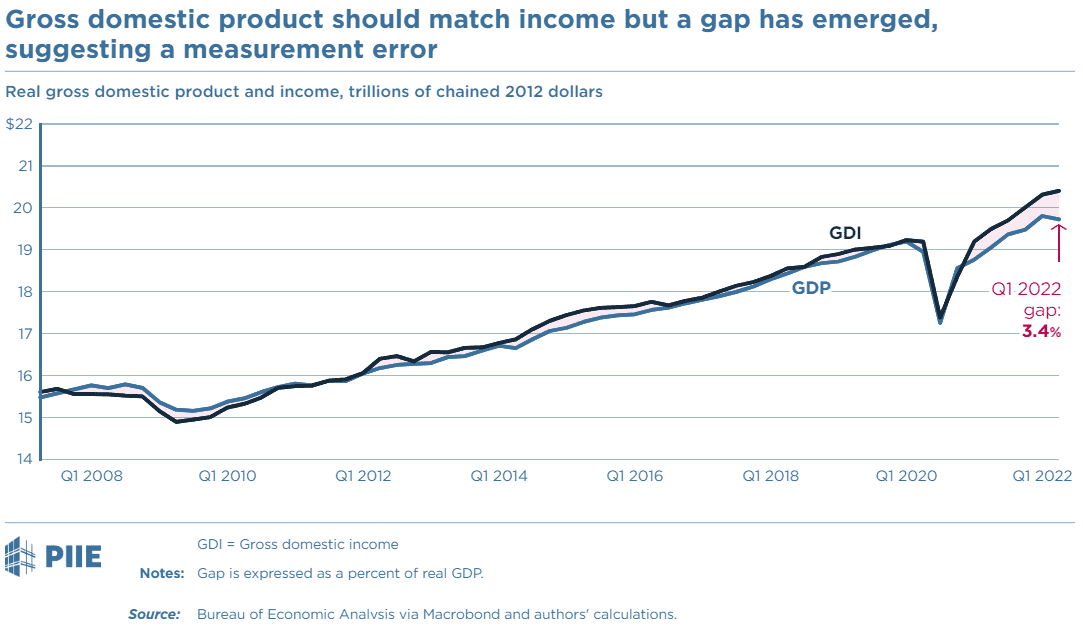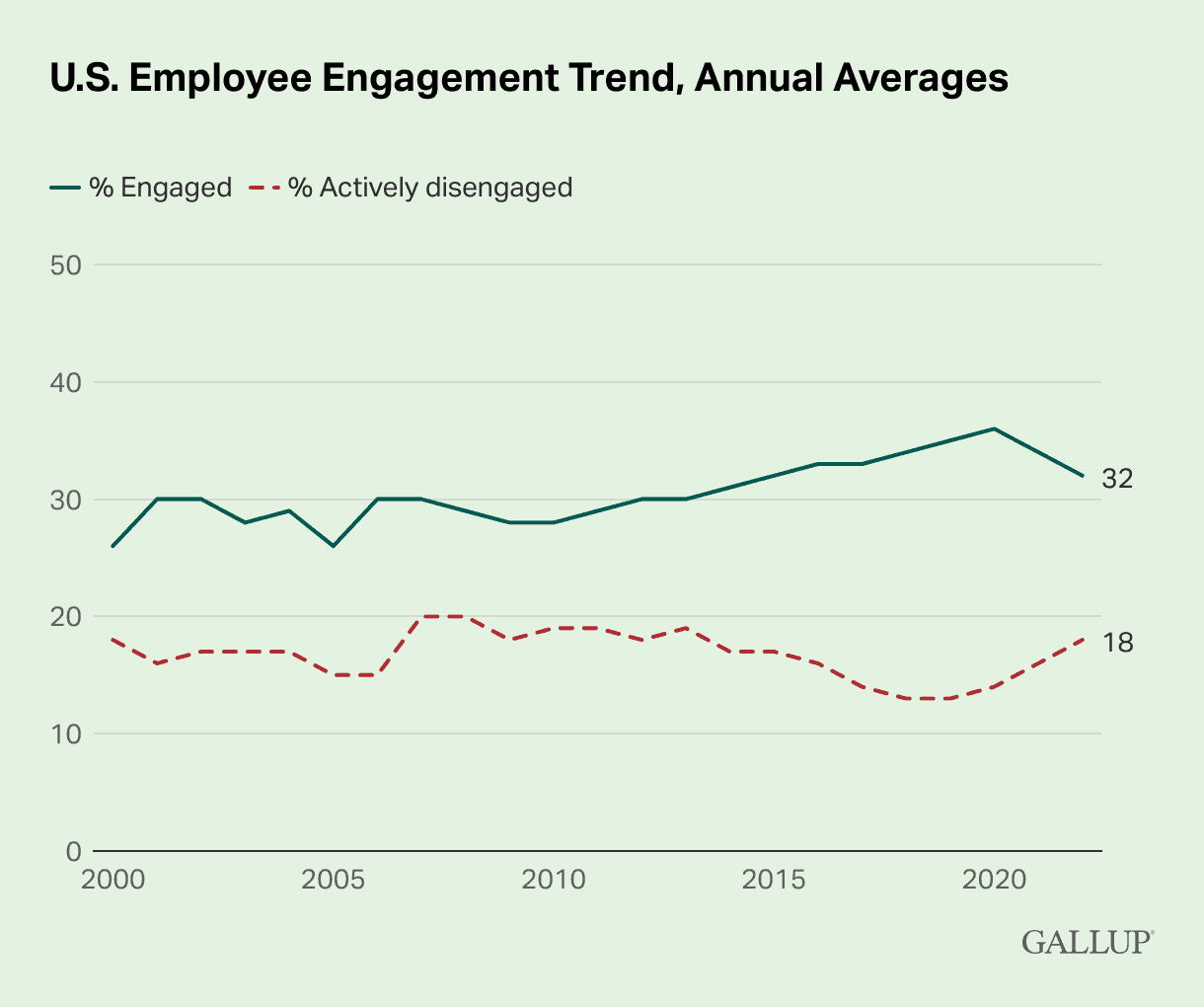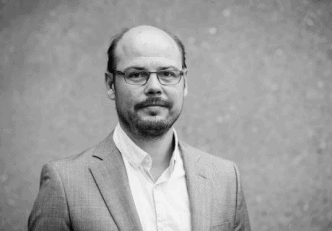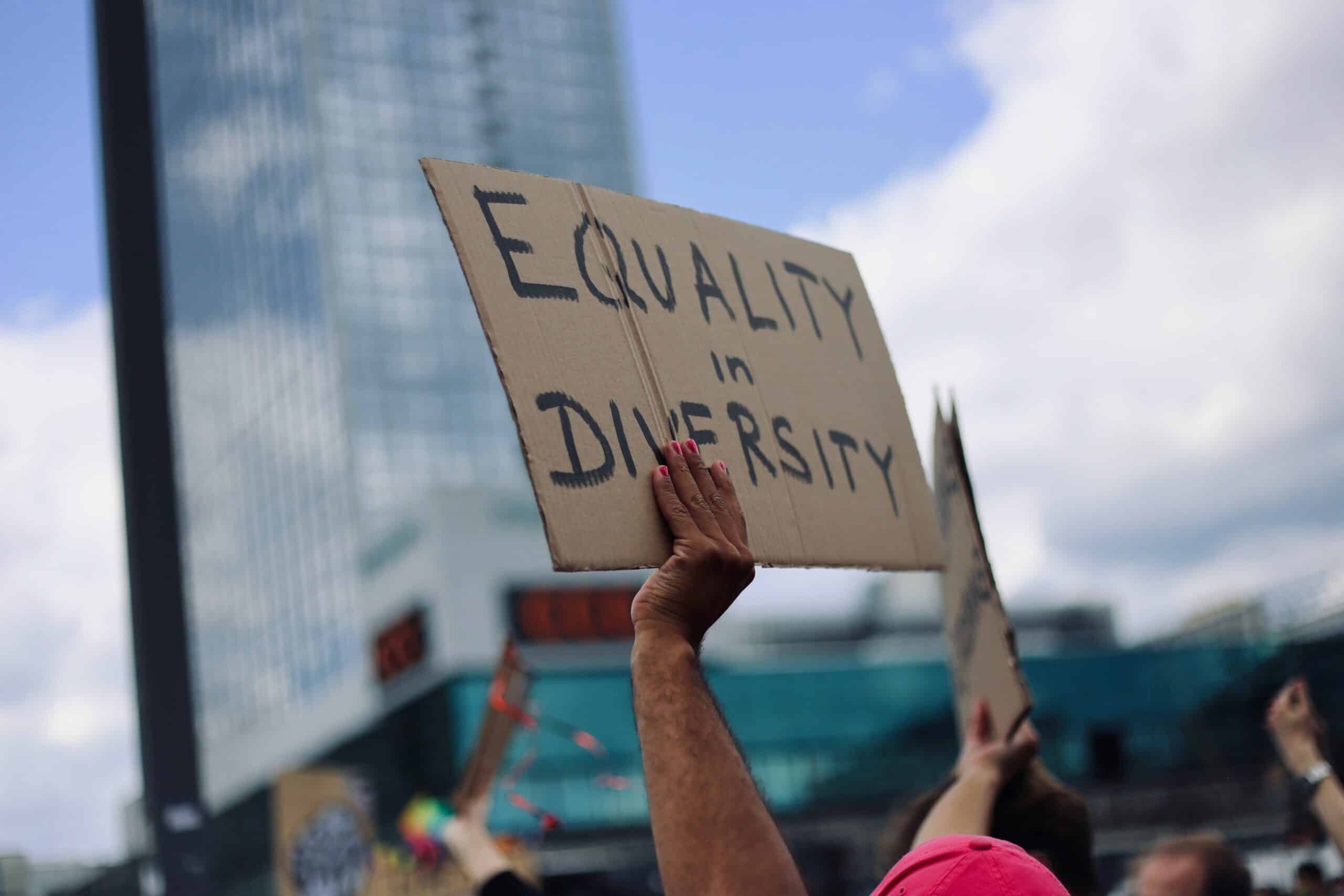Talent Management
Is quiet quitting a new phenomenon or just a new label for an old problem?
18 October 2022

Various individuals on Tik Tok, became Quit quitting career advice experts, amassing followers on this topic. They seem to be more successful at employee engagement than most organisations. We decided to research why is this happening and what does it mean for the future of work.
Could this new version of coasting be, however, a reaction to a potentially old and stagnated work setup, that no longer meets our needs and vision of the future of work?
Quiet quitting could simply be a new word for an old problem.
The HR technology market is booming, and it has increased its offering in engagement platforms, surveys, and benefits to try and address a need identified by Dr William Khan in 1990, called Employee Engagement. What keeps an employee engaged with the organisation and his work? Can HR or its technology easily address the Quiet Quitting phenomenon?
In the hope to understand more about Quiet Quitting, we looked at the origin of the current work patterns and it’s evolution. From the promise of wealth increase during the Industrial Revolution to the post-pandemic impact over employee experience, we also reviewed the relationship between productivity, employee engagement and recessions.
Origins of the current problem
What we found by going back to the Industrial Revolution days
In 1929, an English Economist by the name John Maynard Keynes, forecasted that in 100 years, we would be working 3h shifts or fifteen hours a week.
We should endeavour to have work, still to be done, as widely shared as possible.
During the industrial revolution, working hours would reach easily 14h a day. Young children would also work to contribute, as whole families would work in factories, to make ends meet.
The improvement of machinery enabled work automation, which paired with Trade union influence led to the reduction of the work week. However, after the WWII this reduction of the work week took a U-turn.
Following the war, Productivity pay-gap policies supported the pairing of salary growth along with productivity, hence allowing employees to enjoy the fruits of their labour.
In the 1970’s the U-turn started where the policies became less effective and losing their weight.
According to a statement by the Economic Policy Institute [1], from research conducted in 2021:
Productivity and pay once climbed together. But in recent decades, productivity and pay have diverged: Net productivity grew 59.7% from 1979-2019 while a typical worker’s compensation grew by 15.8%

The gains in productivity have since then become distributed mostly to the 10% (of the Wealthy), leaving employees increasing their efforts and sacrificing more of their personal time for the same or less pay.
This is one of the first origins of employee (dis)engagement. In the beginning, the long working hours were sustained by the sense of opportunity, growth, and a better life in the short term.
With time, employees understood that the hours would not reduce but increase and the effort was equally not decreasing, losing the motivation, and understanding of what’s in it for me?
So, what is quiet quitting?
Various definitions arise of quiet quitting. Looking at Tik Tok videos, each self-professed ‘quiet quitter’ will have a different view of their motivation for quiet quitting.
From ‘coasting’ to simply not feeling as stressed about work and the outcome of their efforts as before, the perspectives vary.
Profession William Khan, coined the term ‘Employee Engagement’ in the 1990’s to define and address employee motivation and satisfaction.
So how does the father of employee engagement define work disengagement? Dr Khan defines it as employees’ cognitive and emotional withdrawal from their job and the organization. These are employees doing just enough to remain employed but offering none of their cognitive or emotional energy to the job. They are what you might call clock punchers.
All-in-all, what is confirmed is a shift in the mentality of workers. Like if a new life has been shown to them and now their priorities have changed radically.
Next, we clarify the reasons for this shift in attitude, leading to disengagement or quiet quitting.
Is this a part of the Future of Work or just a trend?
Quiet quitting has started post-pandemic. The pressure from working from home with family, isolation, and endless hours of zoom calls, got many of us to reconsider how we work, why we work and how much dedication and engagement we should profess to an organisation.
According to experts, quiet quitting is related to the Great Resignation predicted by Anthony Klotz.
If you cannot (yet) quit your job, then you coast and focus on other activities. Such as training or upskilling and even creating side businesses.
A consequence of this, has been the counter movement of organisations offering only hybrid work or full-time onsite, completely removing the ‘remote’ work possibility.
Organisations like Goldman Sachs who recently announced, ‘we are officially back to normal’, require employees back in the office 5 days a week.
Goldman Sachs CEO believes productivity declines when working from home, that employees take their work more seriously and can be kept on their toes better, if present in the office.
But does working from the office really solve the engagement issue revealed by quiet quitting?
Quiet quitting is associated to Low Productivity. But working from home, not necessarily
This may sound obvious. Low Productivity by quiet quitters can be inevitable due to decreased engagement.
During the pandemic, the workforce hit peaks of productivity and various organisations hit record profits.
Though there is no conclusive research over the level of productivity during the quarantine period of the pandemic. However, we do know that in 2022 [2] income has decreased compared to GDP, being this the largest gap ever in over 10 years, sitting at 3.4%
0
Though for some, working from home required a new mindset and adaptation, others such as independent consultants and small business owners, there was already proof that is possible to work remotely. This does require structure, discipline, and clear goals but above all, being empowered to make decisions.
If the Industrial Revolution has put us on a treadmill, do we only fall off during recession times?
Gallups’ incredible work of research provides valuable insight into the employee engagement scene in the US, since the start of the pandemic.

The highest level of engagement was recorded at 37% for hybrid and work-from-home workers, versus only 29% for those office based.
Gallup’s Employee engagement Trend in the US (April 2022) [3]shows a progressive decrease in employee engagement since 2020
36%
in 2020
34%
in 2021
32%
in 2022
The highest level of engagement was recorded at 37% for hybrid and work-from-home workers, vs only 29% for those office based.
Notwithstanding, looking at the chart above we also verify that the levels of ‘Active disengagement’ will increase during recessions. Note the level hitting 20% during the 2008 economic downturn
In conclusion, time will tell but the quiet quitting movement is not 100% new. There is a possibility that it is aligned with the current recession but what is clear is that reconnecting and reengaging with employees is needed.
Author : Mark Peitersen, Head of Customer Operations Nordics at Cegid Talentsoft

[1] https://www.epi.org/blog/growing-inequalities-reflecting-growing-employer-power-have-generated-a-productivity-pay-gap-since-1979-productivity-has-grown-3-5-times-as-much-as-pay-for-the-typical-worker/
a) Notes: Data are for compensation (wages and benefits) of production/nonsupervisory workers in the private sector and net productivity of the total economy. “Net productivity” is the growth of output of goods and services less depreciation per hour worked. “
b) Source: EPI analysis of unpublished Total Economy Productivity data from Bureau of Labor Statistics (BLS) Labor Productivity and Costs program, wage data from the BLS Current Employment Statistics, BLS Employment Cost Trends, BLS Consumer Price Index, and Bureau of Economic Analysis National Income and Product Accounts Updated from Figure A in Raising America’s Pay: Why It’s Our Central Economic Policy Challenge (Bivens et al. 2014) “
[2] Gross domestic product should match income but a GAP has emerged in Q1 2022.


